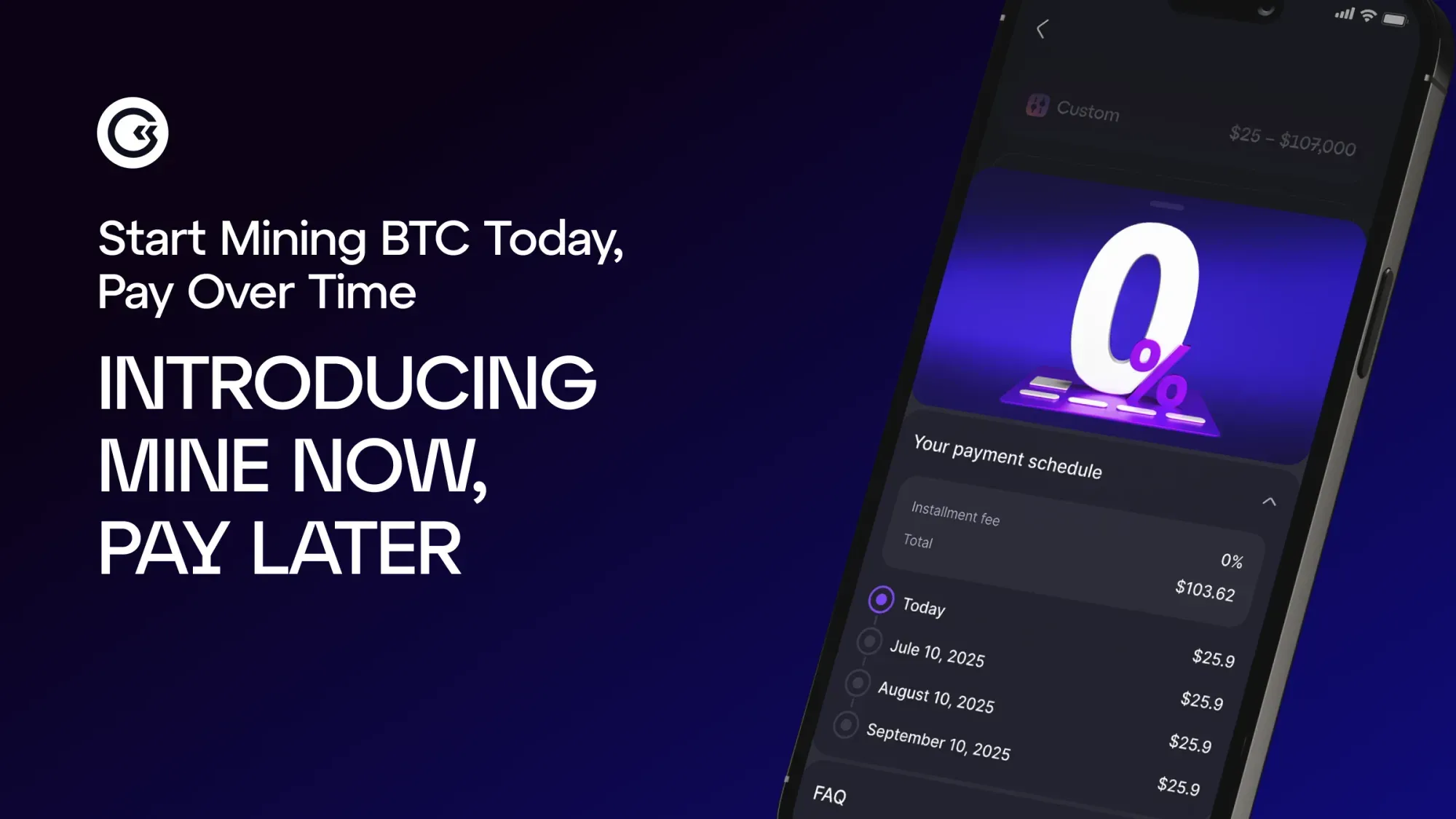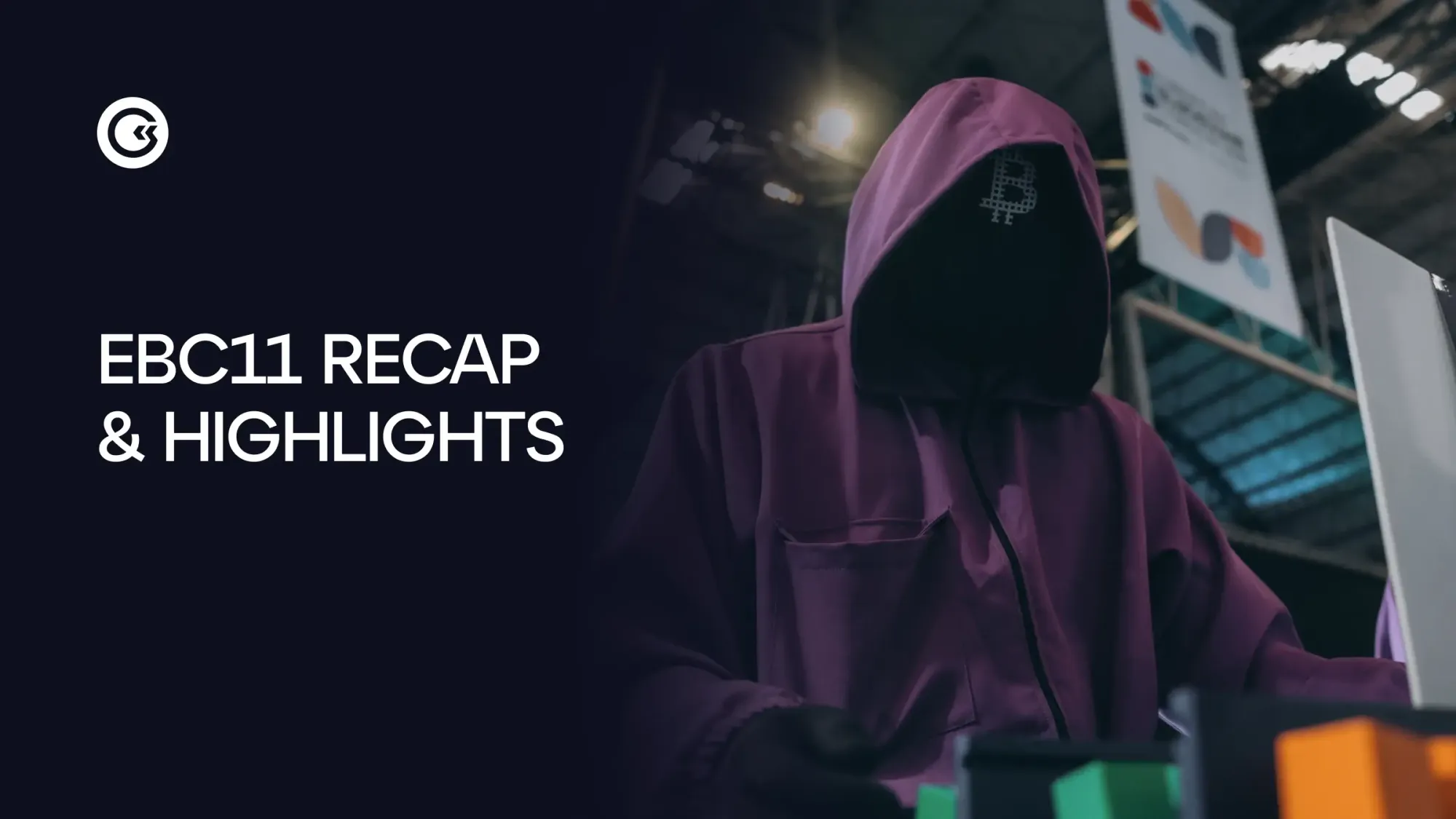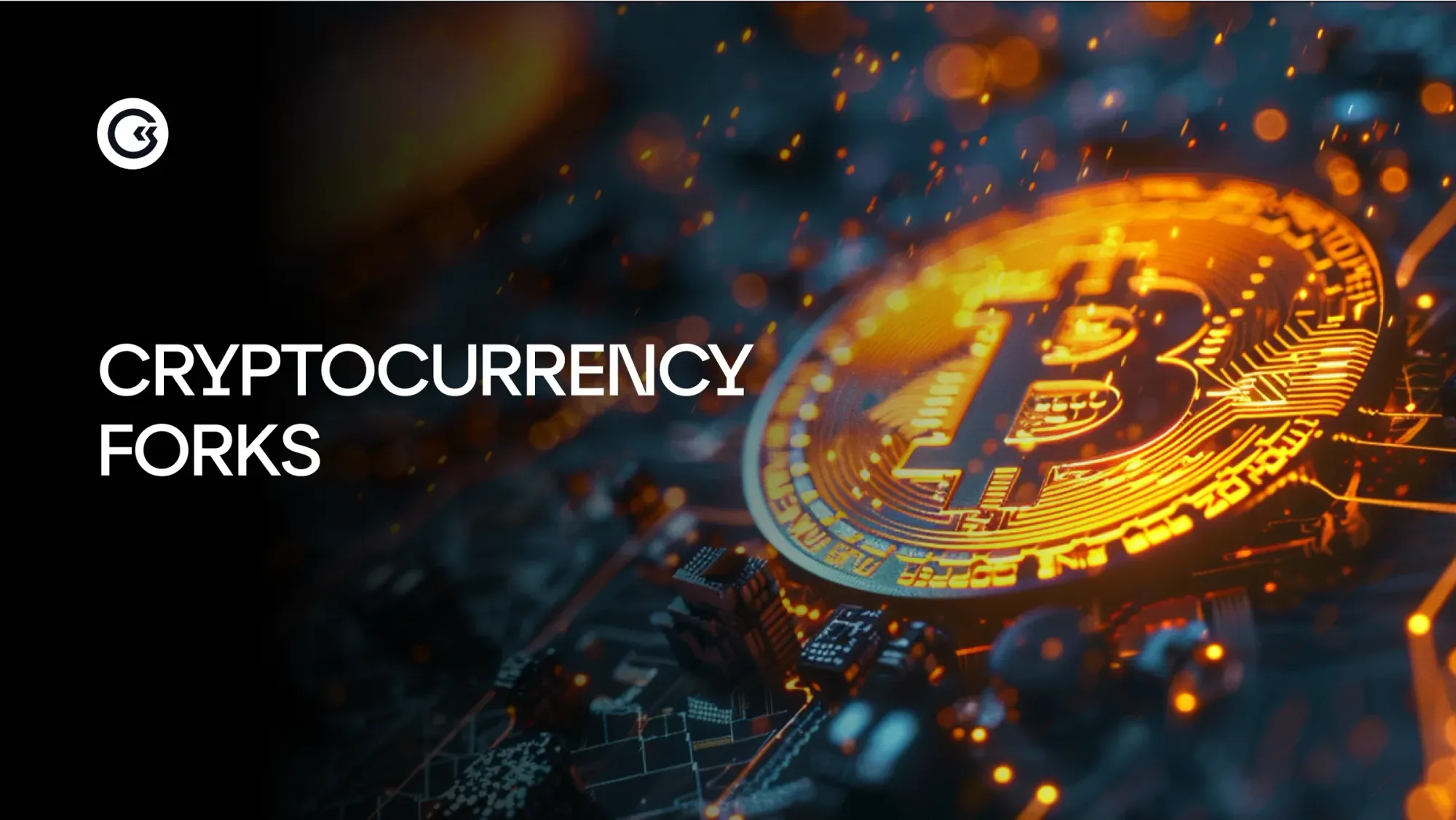It’s 2025, and we’re quickly approaching a future where governments hold Bitcoin the same way they stockpile oil.
It sounds bold — maybe even far-fetched — but then again, so did the U.S. Strategic Petroleum Reserve (SPR) in the 1970s.
The Original Oil Safety Net
The SPR was born out of crisis. Oil shortages, geopolitical tension, and soaring energy prices prompted the United States to store vast amounts of crude in underground salt caverns. It was a big idea! It still is. And it’s main aim was to create a cushion to soften the blow when supply chain disruptions strike
Now, imagine a “Strategic Bitcoin Reserve.” On the surface, these two reserves tackle different problems. Oil shortages threaten energy security, while Bitcoin addresses monetary stability. Yet the fundamental motivation is similar: protection against unpredictability. In times of high inflation, a digital asset with a limited supply starts to look appealing. This is where Bitcoin’s scarcity becomes more than just a talking point.
Could Bitcoin Step Up Next?
Investors and entire nations are beginning to see Bitcoin as a potential economic shield. They understand that while fiat currencies can be printed at will, Bitcoin’s protocol enforces a strict 21-million-coin limit. Think about it: When global markets wobble, or when there’s too much money floating around in the economy, Bitcoin’s fixed supply can work as a lifeboat.
Yes, the price can swing wildly. But so can the price of oil. The SPR was created to ride out those storms, ensuring that no matter the chaos, the U.S. could keep its economic engine running. A Bitcoin reserve might aim to preserve purchasing power just as steadfastly.
However, this won’t come without challenges. Custodial security is the first hurdle. You can’t just dig a hole and stash private keys in a salt cavern. It’s a different game, one requiring robust cybersecurity and possibly multi-signature protocols. Critics would also note Bitcoin’s volatility, pointing out that a wild price drop could rattle a nation’s balance sheet. Then again, oil prices have also crashed more than once, and the world still invests billions in exploration and storage. The risk is real, but so is the potential upside.
Looking to the Future: Reserves Reimagined
People sometimes forget that the SPR itself faced skepticism early on. Why tie up national funds in massive underground caverns full of oil? Over time, the reserve proved its worth by cushioning supply shocks and stabilizing markets.
In a similar vein, if Bitcoin continues to mature — with broader adoption, improved price stability, and a thoughtful approach to policy — a strategic Bitcoin reserve might not seem so radical after all.
For governments flirting with the idea, the question becomes whether to watch from the sidelines or lead the next wave of financial innovation. Yes, it’s a gamble. But every strategic reserve is, in some sense, a bet on the future.
Oil seemed an obvious choice after the energy crises of the past. And who knows? Decades from now, we might say a “Strategic Bitcoin Reserve” was just as visionary as putting oil in salt caverns.
March 25, 2025













